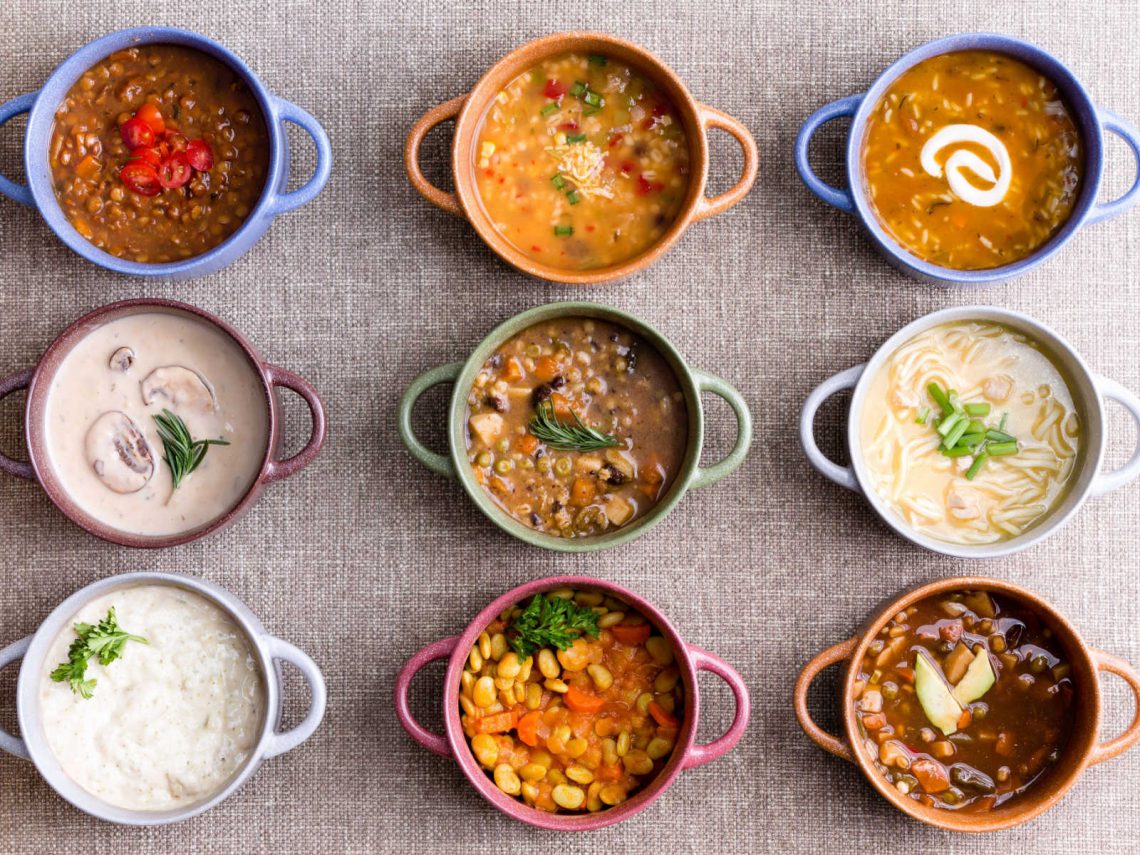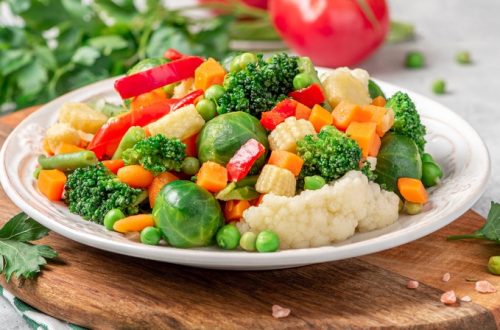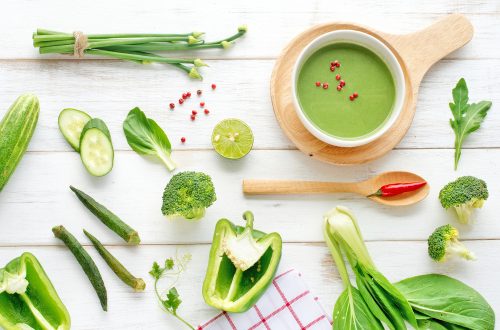
Soul-Satisfying Soup
The weather is downright cool at night and the leaves are falling: It’s soup season. When I visited my mother on the farm in mid-October, she requested ham soup with dumplings. Upon returning home, I’ve been following that lead, cooking up beef and corn chili and chowder with locally caught cod, onions, and potatoes. I suppose it’s no surprise that we’re savoring satisfying meals that warm us up and fill the kitchen with delicious aromas.
But what distinguishes this soup season from those of the past, food marketers say, is a desire to eat more at home and to create less elaborate meals – comfort foods using simple, fresh, local ingredients. It’s an opportunity to use more vegetables and grains and less meat, which is better for your health and your wallet. And some of us are looking to make use of the skills we’ve picked up over the past couple of years, or the flavorings accumulated while we didn’t have a choice but to cook for ourselves.
The food marketers who follow trends note that many of us are imbued with nostalgia for the foods we ate growing up. But what if you want something familiar yet different at the same time? All you need is your local food market and a cabinet stocked with a few varieties of spices, herbs, and flavorings.
Instead of a simple chicken and noodle soup, for example, you could rustle up a Mexican posole, a Vietnamese-flavored pho, or a Thai version. That seafood chowder could easily be made as a cioppino or Portuguese cataplana. That pot of chili could be white or red or vegetarian. The ham soup could include potatoes and root vegetables rather than dumplings. Same base; different flavor. When this week’s New York Times food section featured beef udon soup, the headline said it all: “Simple, Satisfying, and Easy to Cook.”
Easy experiments
Making soups is a way to hone your own cooking skills. You can test any number of flavor combinations in a relatively risk-free environment. Think about achieving a balance in flavors — how you might temper a strident flavor with some sweetness from, say, a squash. A blender can smooth over any sins. A little artful garnishing with chopped herbs or greens or crunchy croutons can help overcome a misstep.
You might also think about how your vegetables complement other ingredients. Beets, for example, pair well with cheese, salmon, vinegar, and dill, parsley, and mint. Pumpkins and squash pair well with Asian flavors (soy and fish sauces, lemongrass) as well as dairy, garlic and onions, pork, and strong herbs and spices such as chili, cumin, and cinnamon.
Here in the northern climes, we’ll be in soup season for several months, so consider preparing your larder. The first step is to decide what kind of dishes you’d like to create with flavors different from the usual. Your family will likely appreciate the change, especially if they have a vote. If you prefer a particular cuisine, make sure to have ample amounts of the spices and sauces you’ll need, maybe making your own spice mixes. I have a bottle of homemade ras el hanout for the North African dishes on future menus. I’ll be sure to have on hand both light and dark soy sauces as well as fish sauce for my South Asian recipes.
Seasonal, sustainable selections
As for other ingredients, pay attention to the shift in seasonal offerings when planning your soup to take advantage of the freshest produce. You’ll not only have a tastier choice; you’ll also be making a more sustainable selection. Here in New England, fresh squashes are everywhere in vast variety. For soup, I find pumpkin and butternut squash the best choices. Cookbook author Frasier Reid suggests first roasting some of the squash with harissa or smoked paprika and using them in salads or pilaf; any leftovers can go into soup, stew, or casserole. And don’t forget toasted seeds for garnish, maybe with a dab of plain yogurt or sour cream. You can toast them yourself or buy pepitas at the market. You could caramelize thinly sliced onions or shallots for a garnish that goes particularly well with squash.
As for protein, consider buying dry beans from the supermarket or specialty online sources such as Rancho Gordo, which offers some two dozen different heirloom beans. (I prefer the heirloom beans for flavor, texture, and variety.) The same can be said for grains – not just rice, but also perhaps farro, barley, and quinoa. If you have extra freezer space, you might scout out pork hocks and oxtail to use for soup base. A roasted chicken or rotisserie chicken from the supermarket is also invaluable for soup. I can debone it and make chicken tetrazzini, creamed chicken on biscuits, or sandwiches with the meat, leaving a little for soup. The carcass makes a great base for broth, which I also freeze. Then come the chicken soups.
Put those ideas all together, and I think you’ll be well prepared for cold weather and a world of soups – from pantry to plate.
To comment, please click on “Read in Browser” or on the headline to view the blog on the website. You can log in and comment at the end of the blog to share your thoughts and start a discussion.
If you’d like to share the blog, click on the Facebook icon or one of the others. Thanks!





2 Comments
Tom Stites
This makes me ravenously hungry for ham soup with dumplings. Can you offer up your recipe or point us to one you followed?
Farmboy
Sorry for the delay. My ham and dumplings can now be found in recipes.